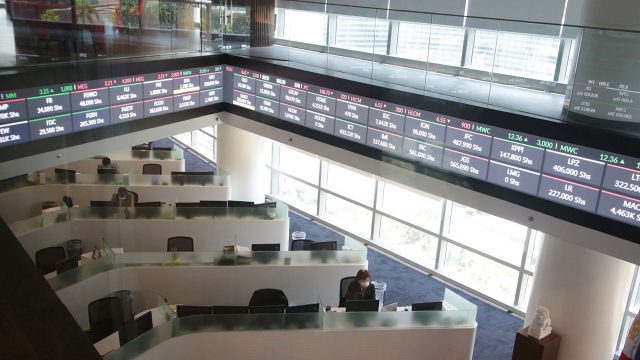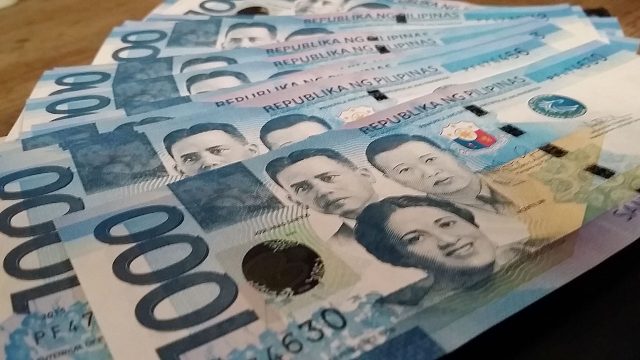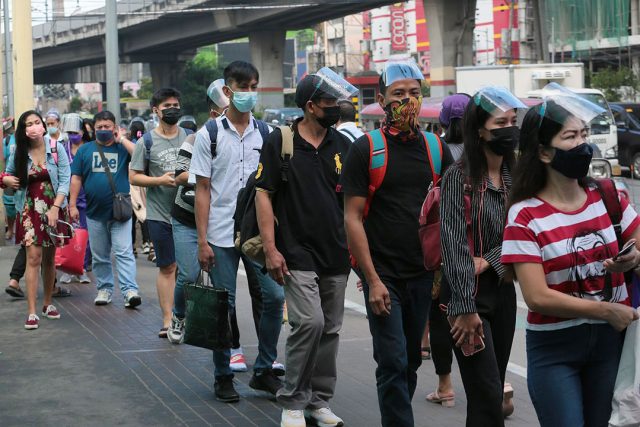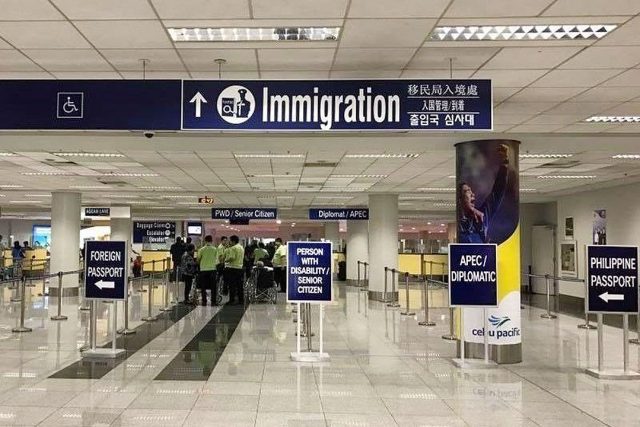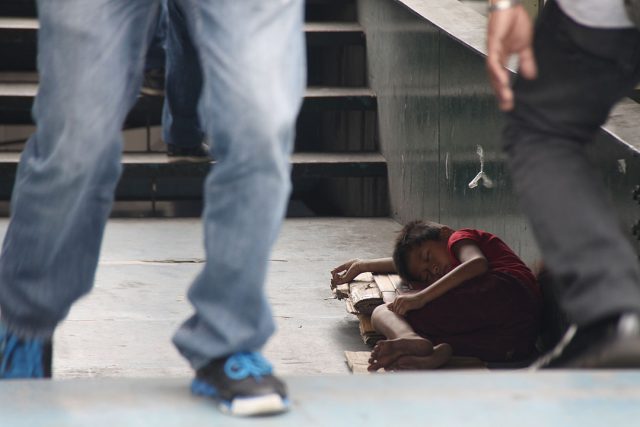“There are people in the world so hungry, that God cannot appear to them except in the form of bread.” — Mahatma Gandhi
Ten years ago, Indonesia struggled with its largest social assistance program. Its Raskin, Rice for the Poor Program, was allocated $1.5 billion a year but was almost always whittled down by bureaucracy and corruption, frustrating the goal of distributing 15 kilos of rice a month to the poorest of the poor.
Indonesia eschewed tougher controls but decided to hook up its researchers with the staff of J-PAL or the Abdul Latif Jameel Poverty Action Lab, a global research center working to reduce poverty by science-based policy through what is now called RCT, randomized controlled trials. J-PAL is based in Massachusetts Institute of Technology (MIT) with global networks. J-PAL was founded in 2003 by 2019 Nobel laureates in economics, the husband-and-wife team of Abhijit Banerjee and Esther Duflo, both of MIT, and Sendhi Mullainathan, formerly of Harvard.
The collaboration focused on capacity building by raising awareness about the program and its benefits to the recipients themselves. Based on RCT results, these initiatives proved very effective so that Indonesia succeeded in issuing 15 million cards, bundled up with two other cash-transfer programs. There was an immediate escalation to $4 billion support to the very poor.
What made the approach work was surprisingly simple.
The steps employed bridged any potential disconnect between various theories of poverty and the actual situation on the ground. This endeavor requires rigor because evidence should be produced and accessible to Government. Contrary to the reservation by another Nobel laureate, Angus Deaton, that “demonstrating that a treatment works in one situation is exceedingly weak evidence that it will work in the same way elsewhere,” J-PAL economists actually recognize that they also need to get the results validated in other contexts. Most important, “implementation needs to be monitored to bring new reality checks to the policy findings.”
Equally important, J-PAL would not presume that its well-trained lab scientists are superior to the recipients.
There is wisdom in Banerjee and Duflo’s 2011 book, Poor Economics, something many of us would refuse to accept: “The poor are no less rational than anyone else — quite the contrary. Precisely because they have so little, we often find them putting much careful thought into their choices: they have to be sophisticated economists just to survive.”
But the poor continue to suffer. As the authors explained various facets of poverty, it is difficult to understand “why the poor need to borrow in order to save, why they miss out on free life-saving immunizations but pay for drugs that they do not need, why they start many businesses but do not grow any of them, and many other puzzling facts about living with less than 99 cents per day.”
For Banerjee, the way forward “is to abandon the habit of reducing the poor to cartoon characters and take the time to really understand their lives, in all their complexity and richness.” It is refreshing to read that hope is crucial and knowledge is indispensable in fighting poverty on the ground.
To Yanis Varoufakis, former finance minister of Greece and professor of economics at the University of Athens, Banerjee and Duflo’s work may be considered another attempt by economists to defend their profession. Since England’s Queen Elizabeth threw the disarming question of why nobody saw the Global Financial Crisis coming, and how Nobel prize winning economists provided the theoretical underpinnings of structured derivatives that led to “weapons of mass financial destruction,” economists have been bashed for many years. Some opportunistic politicians have “weaponized discontent with mainstream politics and to oppress it into the service of a xenophobic ideology that denies facts and serves the interests of a nativist, global oligarchy.”
The couple’s work is exceptional in the sense that they clarified many issues like migration, trade, inequality, and climate change that bad economics has distorted in public debates, and demolished many of its false assumptions. Varoufakis commended the couple’s humility to accept that economics cannot tell us everything and pride to show economics’ share in our limited understanding. As the couple stressed, “there are no iron laws of economics keeping us from building a more humane world.”
One good example of trying to build a more humane world is what the International Care Ministries (ICM) is doing in the Philippines. Led by its chairman and chief executive officer, David Sutherland, and its team of volunteers and staff, ICM has been on the ground since 1992. True, there is nothing new in seeking the support of those who are financially able to help those with the least ability to chart a brighter future. This is no different from taxing earners to fund, one, infrastructure for the whole population, and, two, economic and social services especially for the poor. This is equitable and should lead to less evil.
What is different is ICM’s intent to help break the vicious cycle of poverty in the Philippines where “roughly a quarter of 109 million (people) live below the poverty line.” It is reported that the ultra-poor families subsist on P25 a day, with no job skills set, no productive assets, and reside in impossibly isolated rural areas.
For instance, ICM implements “Transform,” a four-month weekly capacity-building program that has covered since 2009 nearly 10,000 communities with some 256,000 households and 1.4 million family members. Without probably employing the full RCT, ICM networks with people in the areas and appropriately equips the Ministries with key information about the actual situation on the ground. Impact studies are also done to guide future strategies.
ICM hand-holds parents in many areas of ordinary life. Because words are cheap, ICM also invests in people’s access to livelihood to make them self-reliant and resilient. With doctors and church pastors from Negros to Bohol, from Panay to Palawan, and from Cebu to Mindanao, ICM has also been able to deliver support to better nutrition, safe water, medical care, and even safe pregnancies.
Sending their qualified recipients to school is also being pursued by engaging with some 2,000 public schools in isolated areas with accreditation from the Department of Education. ICM has now over 1,000 local women who have been trained to bring healthcare to over 1,000 local communities, monitoring the health needs of 130,000 residents and completed 500,000 household medical screenings. In short, there is duplication of capabilities, echoing is alive, and virtual discipleship on how to cope with poverty is on high gear. This is how sustainability is built.
The health pandemic of 2020 and 2021 made ICM’s work more challenging. Before the health crisis, many families survived on only P14 a day, 29% had no electricity, while 43% reported illness in the family. Sutherland cited 72% of their recipients saying they were earning much less than before. Those who are more affluent must have heard his dire report and appeal that during their Oct. 28 fundraising campaign — ICM managed to exceed last year’s solicited amount, and in the process raised the bar for next year’s fight against extreme poverty.
ICM’s approach is therefore broadly consistent with Poor Economics’ argument that by paying attention to evidence, one can understand not only the real causes of poverty but also how to end it. This should also help donors assess how to avoid wasting their resources on poverty-reducing initiatives that are mostly based on generalized assumptions about the poor.
Those who believe in social impact, that is, changes in society must be big, have been disappointed all these years especially in the fight against poverty.
Banerjee and Duflo subscribe to its linearity, that small, but sustained adaptations and tweaks drive impact and its returns.
Incrementalism is its other name.
Diwa C. Guinigundo is the former deputy governor for the Monetary and Economics Sector, the Bangko Sentral ng Pilipinas (BSP). He served the BSP for 41 years. In 2001-2003, he was alternate executive director at the International Monetary Fund in Washington, DC. He is the senior pastor of the Fullness of Christ International Ministries in Mandaluyong.

